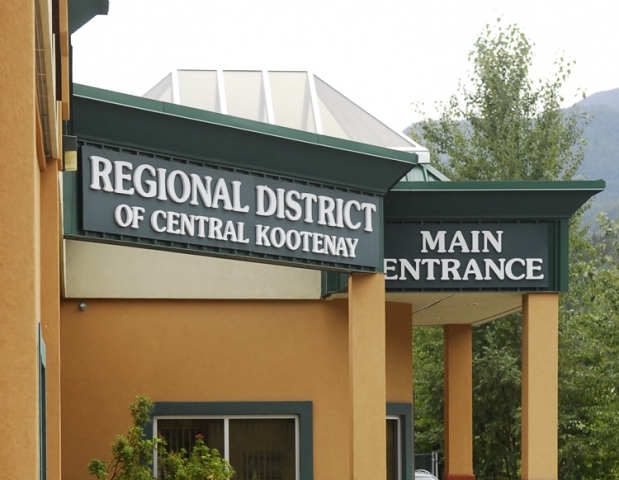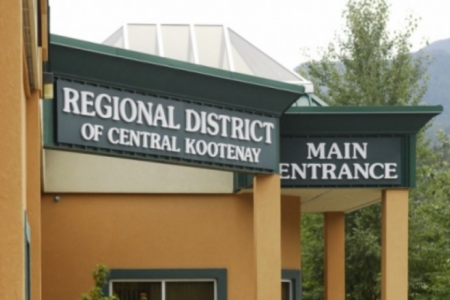New accounting practice creates net debt for RDCK
By Timothy Schafer, The Nelson Daily
A new accounting quirk has the regional district sitting at over $8 million in net debt for 2009, its financial audit revealed recently.
The Regional District of Central Kootenay is saddled with $8.5 million in net debt — up from $2.48 million in 2008 — according to the consolidated statement of financial position audit by Nelson’s Berg, Naqvi, Lehman Chartered Accountants.
Liabilities of the regional district — what it owes — have outstripped financial assets of the RDCK — what it can pay — to the tune of $55.8 million to $47.3 million, according to the new tangible capital assets accounting requirement for 2009.
Tangible capital assets for municipal and regional district levels of government include the cost and replacement value of everything a body of government owns. The federal government now requires all governments to include tangible capital assets, and the cost to replace them, in their financial statements.
The rise in debt alarmed RDCK vice chair and Area B director John Kettle.
“What accounts for that?” he asked Am Naqvi, one of the accountants who performed the audit.
The regional district is required to borrow money through the Municipal Finance Authority for its member municipalities (around $19 million in 2009), said Naqvi, and the capital project for the $15-million Creston Valley recreation centre — built last year — took away from the bottom line.
“But (the RDCK) also has a responsibility to carry that debt,” said Naqvi.
Kettle wondered if, under the accounting practices of tangible capital assets, reserve funds now have to match the amortization of all of the regional district’s assets. The regional district only has $8.3 million in internally restricted reserve funds but has $42.3 million in tangible capital assets.
“No, it does not,” said Naqvi.
RDCK chief financial officer Grant Roeland agreed. What amortization of tangible capital assets does is it makes sure there is a plan coming to the board’s table on retirement and replacement of those assets over a period of time, and whether they can afford to do so or what avenue of revenue they will seek (tax rise or user fee rise).
“It makes a board look at what actually will be the policies of local government … as each service in the regional district now needs that discussion,” Roeland said.
“It is the biggest challenge for local governments, but it all comes through in the discussion of the strategy for all services.”
The net debt and the new accounting practices aside, the audit proved uneventful, said Naqvi.
“In our opinion for 2009, in all material respects, the financial statements for the regional district were fairly presented and they were done in accordance with generally accepted accounting standards,” he said.
An audit is done to obtain reasonable assurance whether the financial statements made by a municipal authority are free of material misstatement.
It includes examining, on a test basis, evidence supporting the amounts and disclosures in the financial statements and assessing the overall accounting principles used and the estimates made by the management.

























Comments